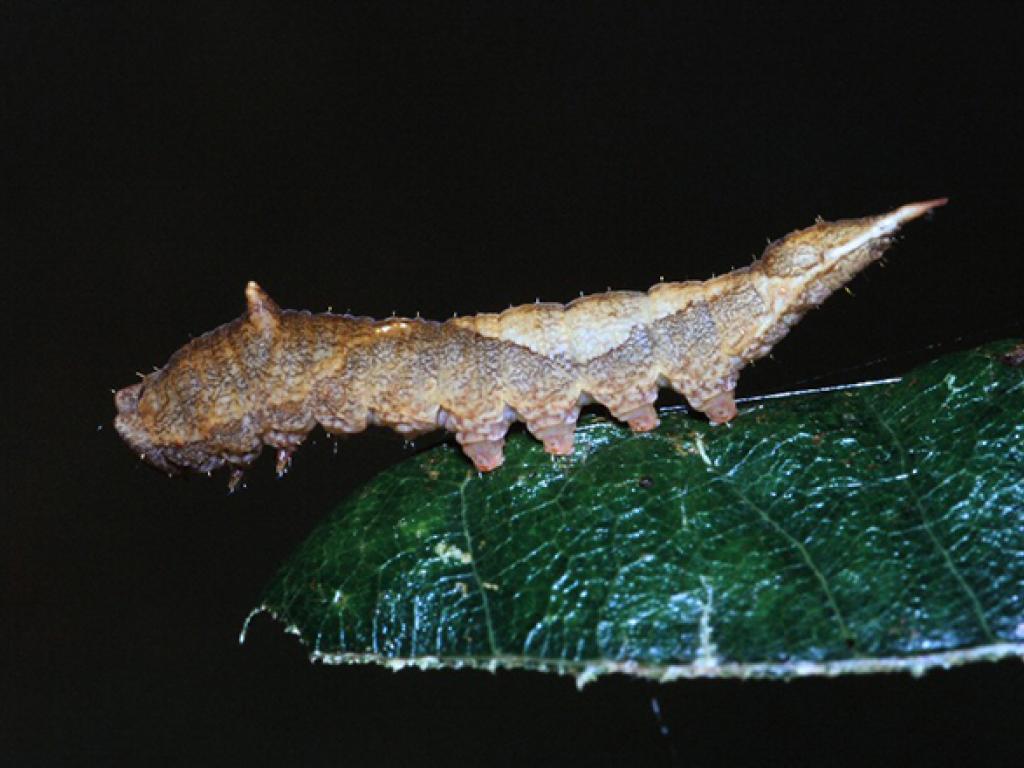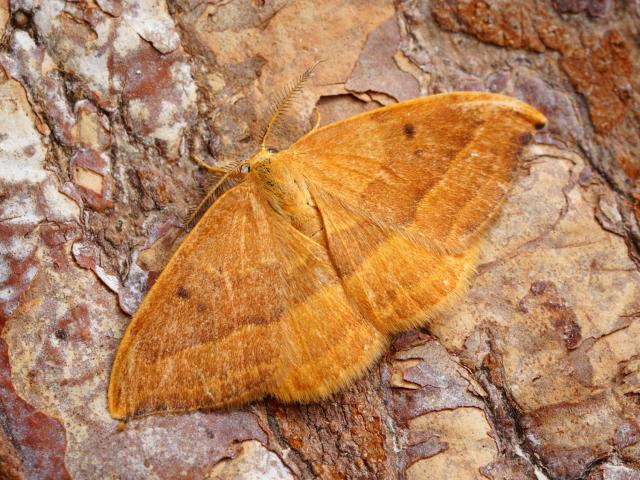
Barred Hook-tip
The forewings have two well-defined pale cross-lines and two blackish spots in the centre. The males are often darker and smaller than the female. The males can occasionally be seen flying high around oak trees.
The larvae can be seen from June to July and late August to September which then overwinters as pupae in a tough brown cocoon which is spun inside a tightly folded oak leaf.
Pedunculate Oak (Quercus robur) and Sessile Oak (Quercus petraea) and probably Turkey Oak (Quercus cerris).
Most numerous in oak woodland but can also be found in hedgerows, parks and gardens.
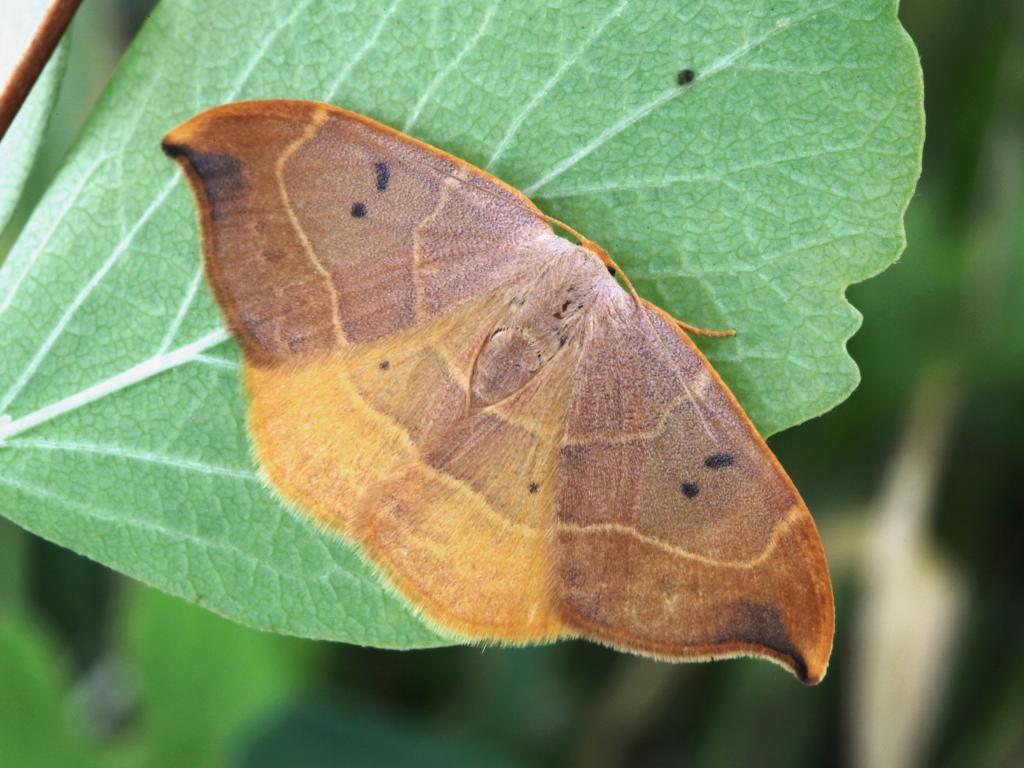
Oak Hook-tip - Garry Barlow
Garry Barlow
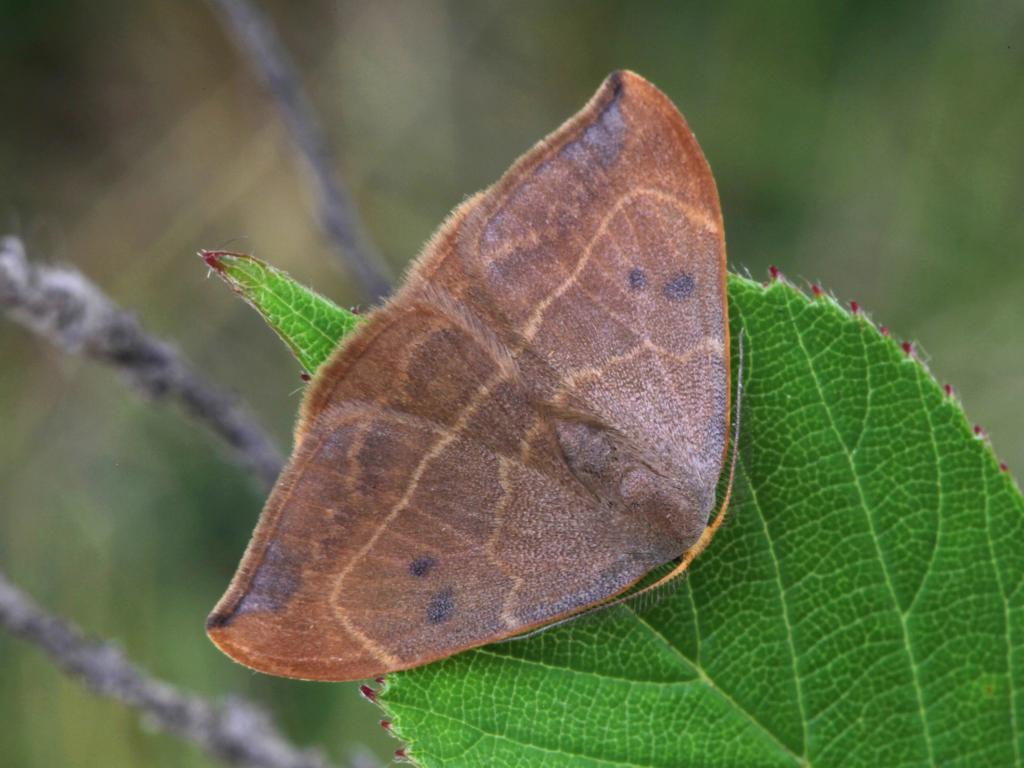
Oak Hook-tip - Garry Barlow
Garry Barlow
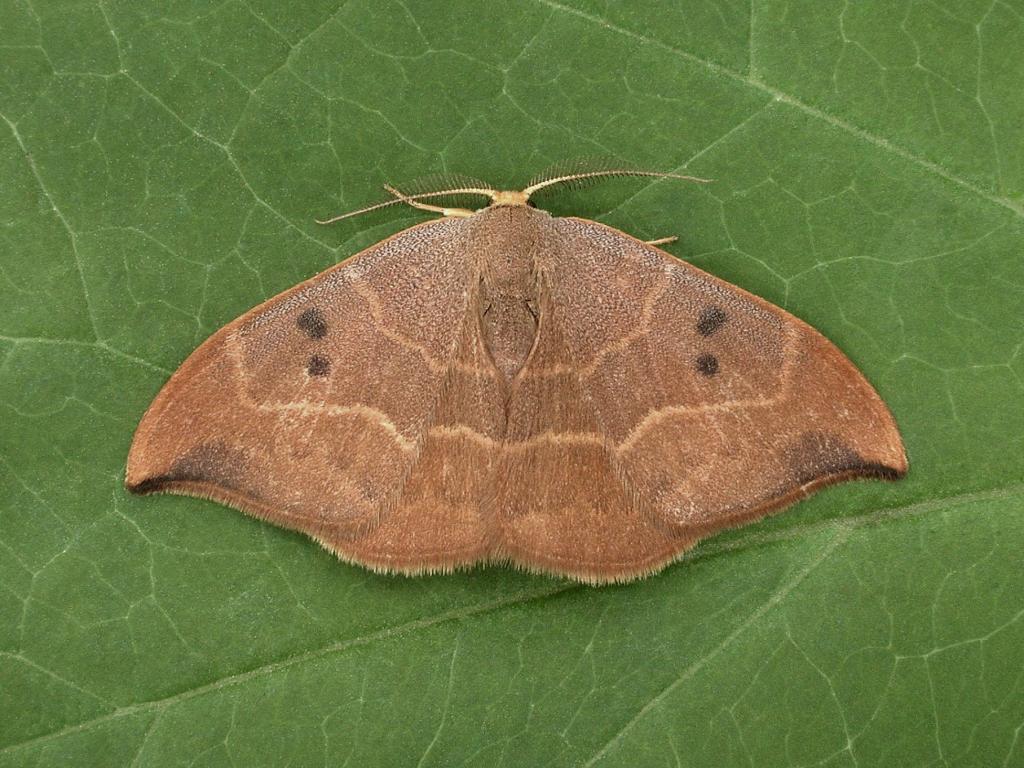
Oak Hook-tip - Stuart Read
Stuart Read
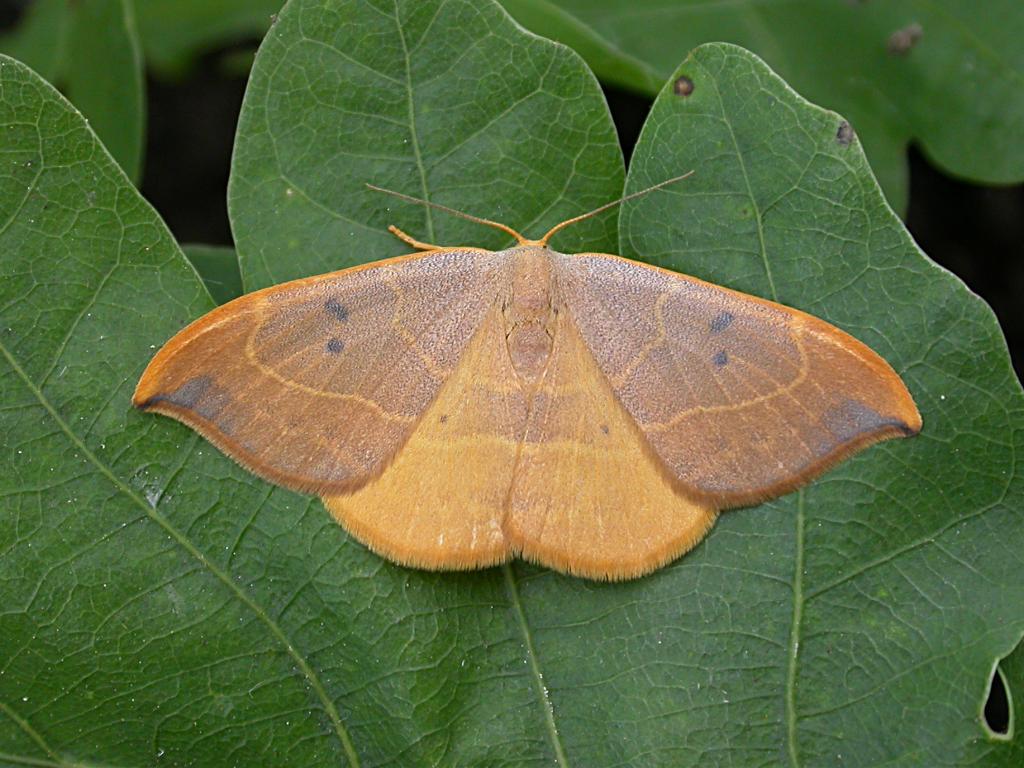
Oak Hook-tip - Damian Money
Damian Money
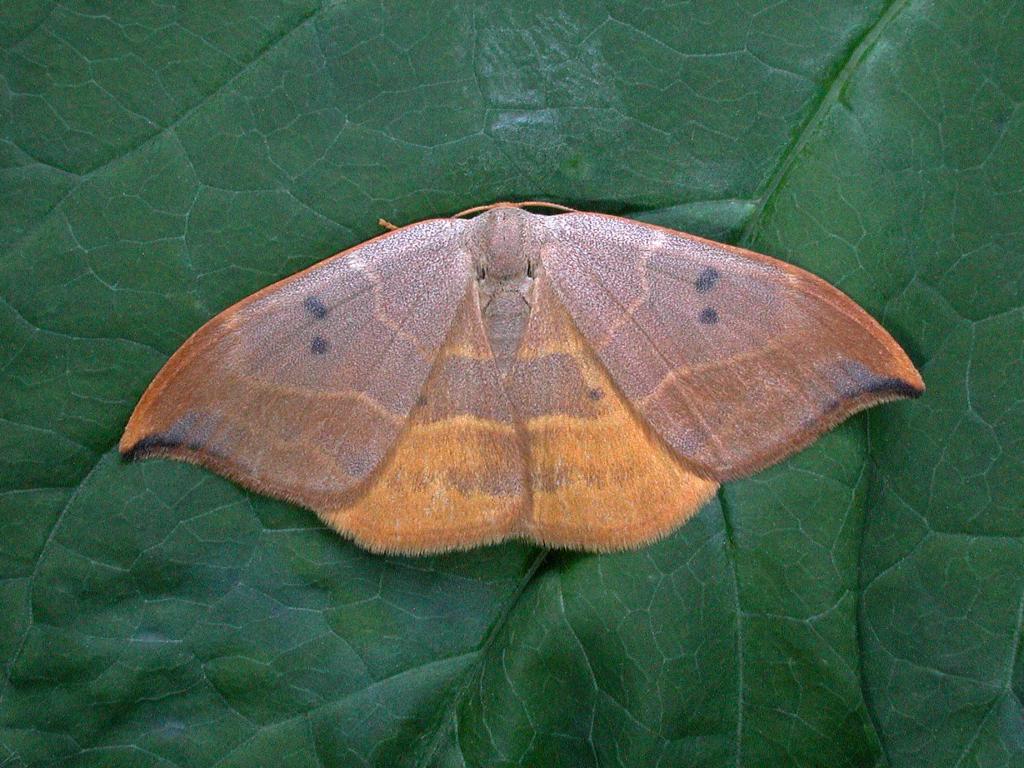
Oak Hook-tip - Stuart Read
Stuart Read
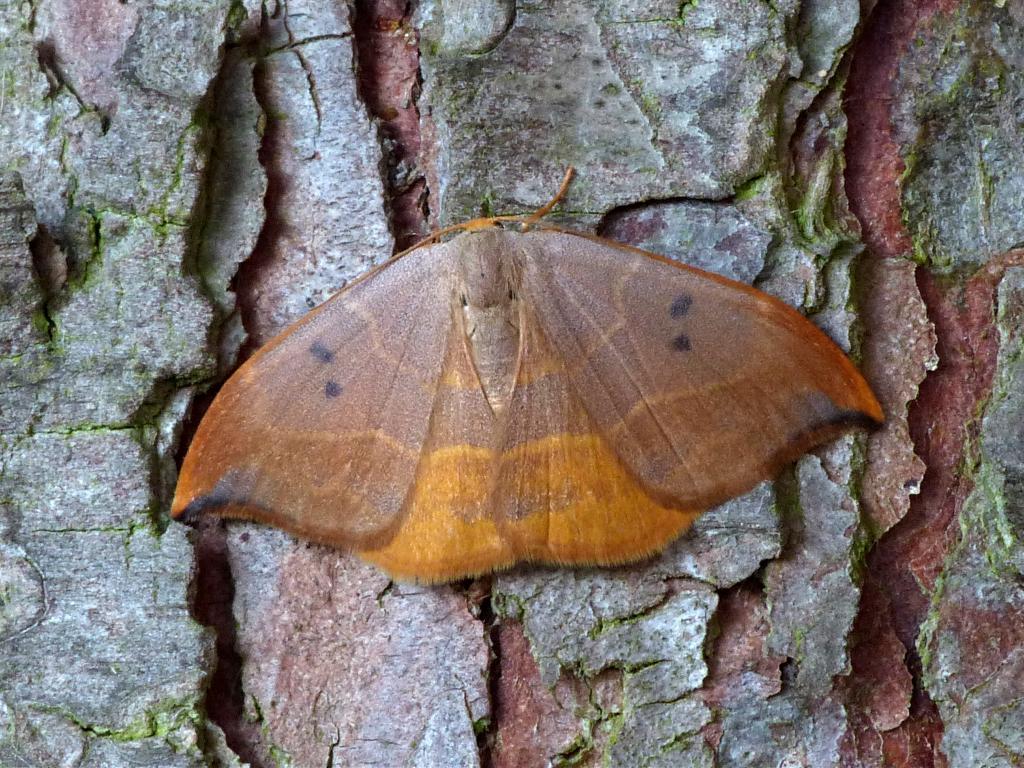
Oak Hook-tip - Stuart Read
Stuart Read
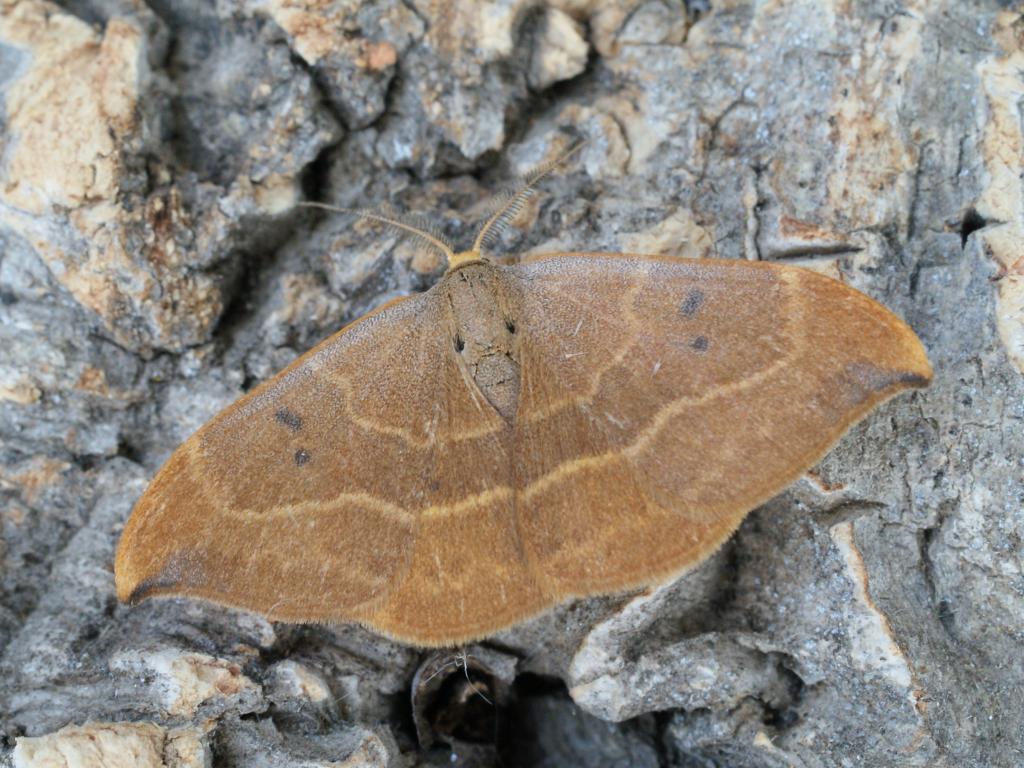
Oak Hook-tip - Dave Shenton
Dave Shenton
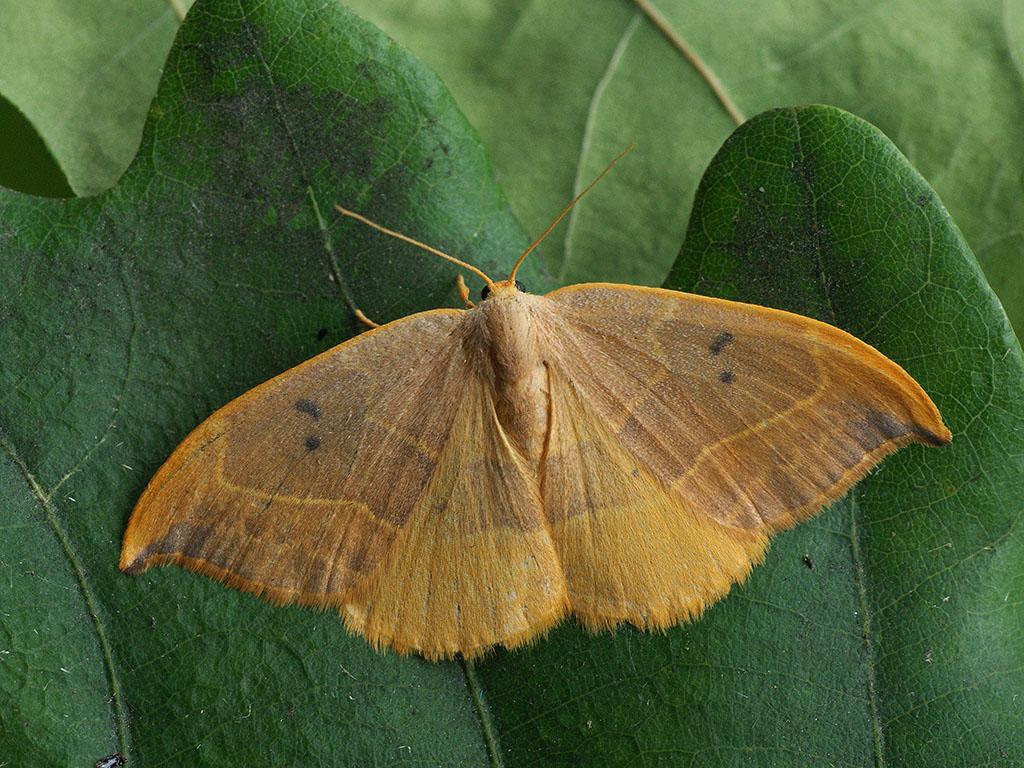
Oak Hook-tip - Ilia Ustyantsev
Ilia Ustyantsev
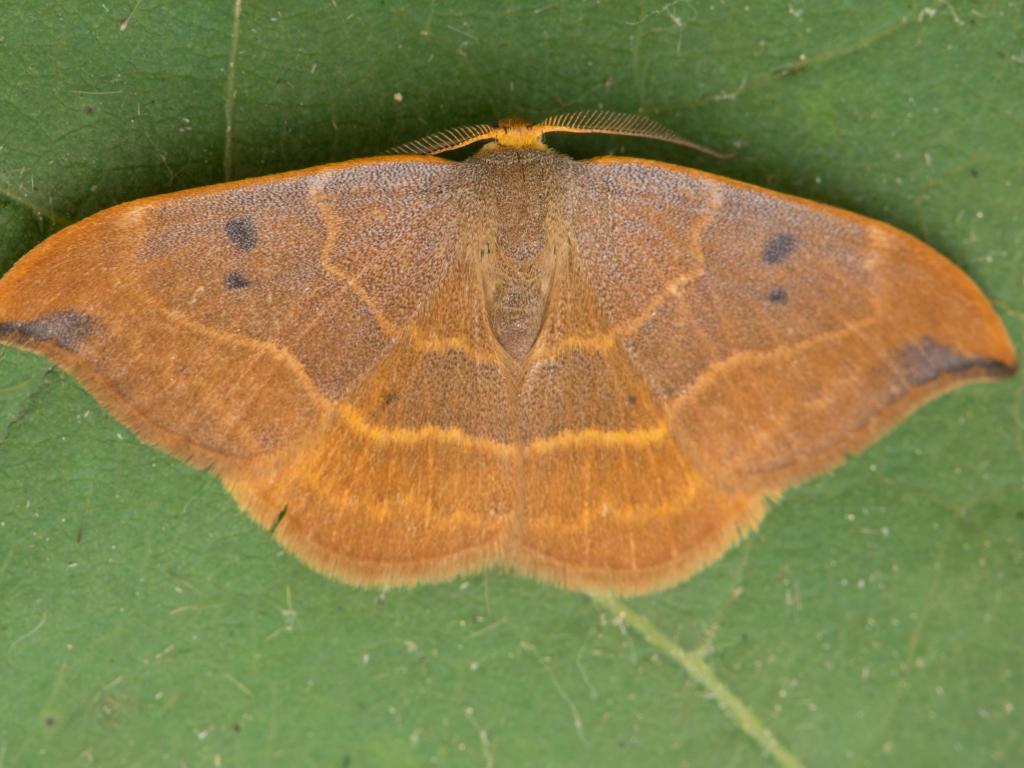
Oak Hook-tip - Koen Thonissen
Koen Thonissen
